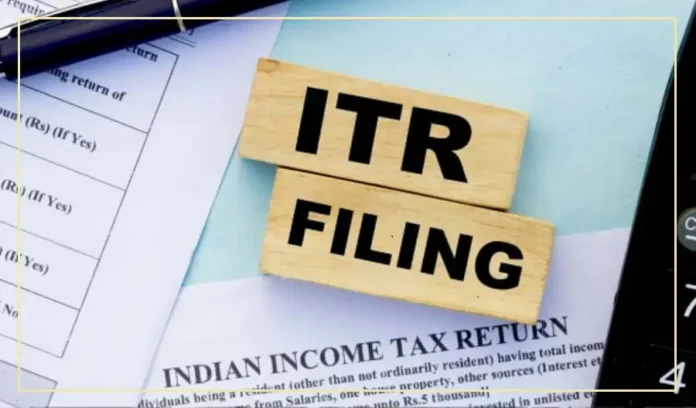On August 16, the Income Tax Department made it easier for taxpayers to file updated returns by releasing Excel utilities for ITR-3 and ITR-4 for assessment years 2021–22 and 2022–23.
These updates follow earlier releases for ITR-1 and ITR-2. This allows individuals and businesses to correct or update past returns more conveniently.
Updated Return Filing Window Now Extended
In 2022, the government launched a scheme that allowed taxpayers to file an updated return within 24 months from the end of the relevant assessment year.
Starting in 2025, this period has been extended to 48 months (4 years). This gives taxpayers more time and flexibility to correct any errors or omissions in their returns.
What Is an Updated Return?
An updated return allows taxpayers to voluntarily correct or revise their income tax return even after the regular deadlines have passed.
As per Sections 139(8A) and 140B of the Income Tax Act, taxpayers can file an updated return if they pay any additional tax that may be due.
This provision helps improve compliance and reduce tax disputes by allowing corrections up to four years after the assessment year.
You Can Now File Updated Returns Up to 4 Years Later
As per an ET report, taxpayers can now file an updated return up to four years after the end of the relevant assessment year.
For example, if someone misses the original deadline of July 31 (extended to September 15 this year), and also misses the belated or revised return deadline of December 31, they can still file an updated return for AY 2025–26 until March 31, 2030.
When Can You File an Updated Return?
You can file an updated return in the following cases:
If you didn’t file your return earlier
If you did file, but need to correct things like:
Missed income
Incorrect income head
Reducing carried-forward losses
Adjusting unabsorbed depreciation
Fixing errors in tax credits under Sections 115JB or 115JC
Using the wrong tax rate
When You Cannot File an Updated Return
You cannot file an updated return in the following situations:
If your original return had no tax due (nil return) or showed a loss
If the updated return would reduce your tax liability
If it would result in a new refund or a higher refund
If your case involves a search, seizure, or prosecution
These restrictions make sure the updated return system is used to pay additional taxes, not to avoid taxes or get extra refunds.
Important Rule About Tax Regimes
While filing an updated return, you cannot change the tax regime (old or new) that you chose in your original return. You must stick with the regime selected during your first filing.
